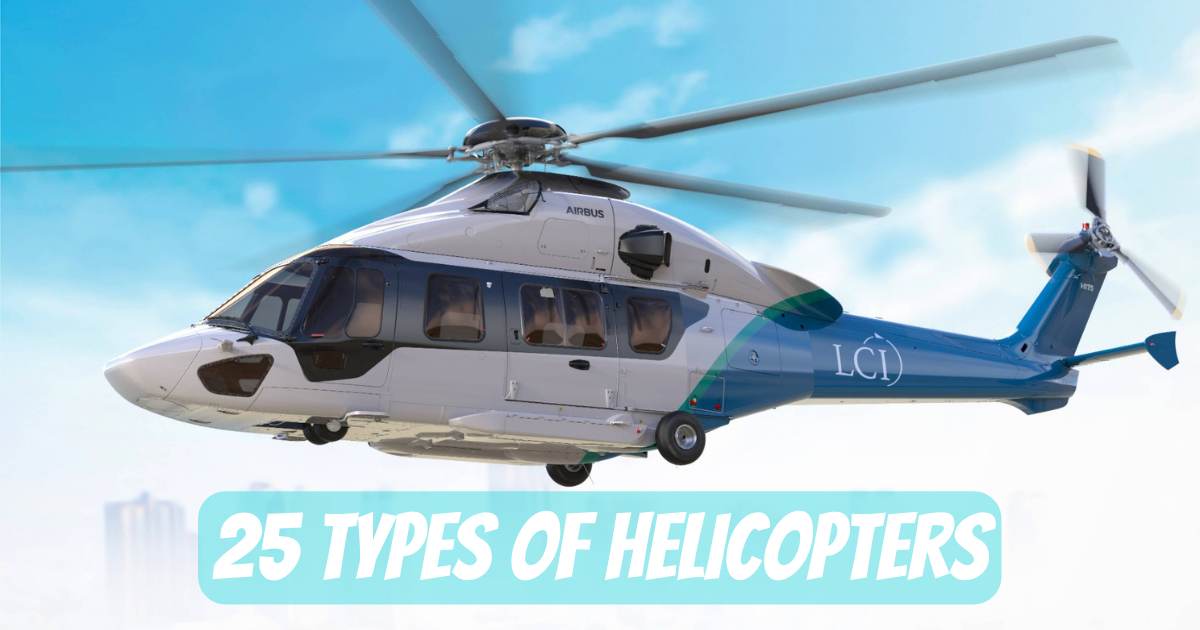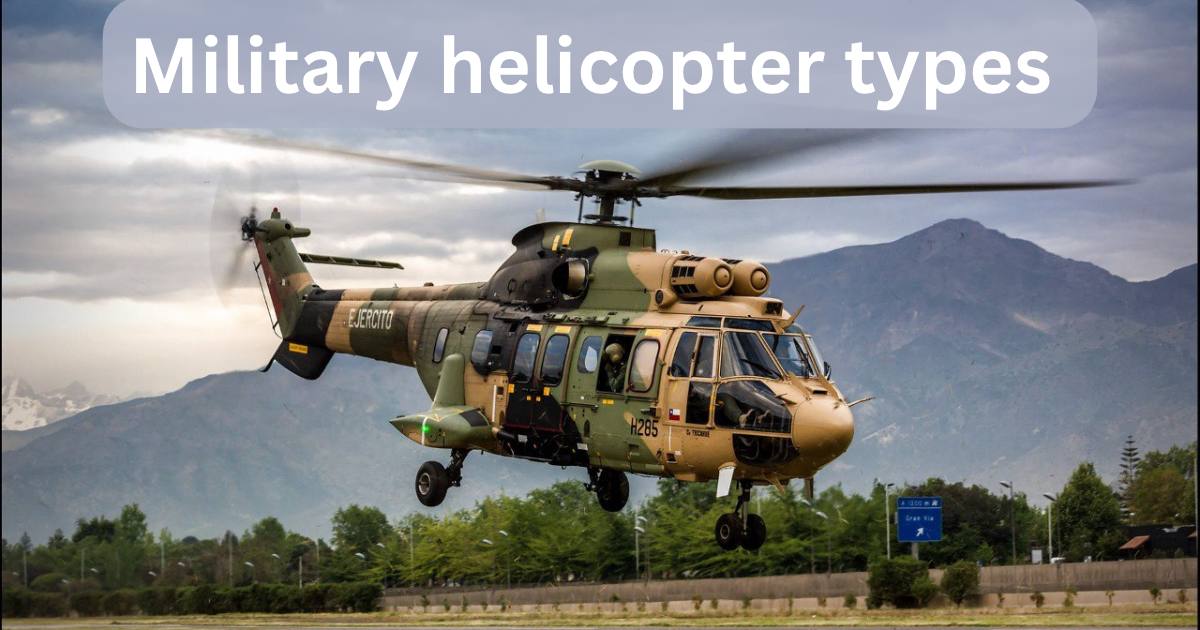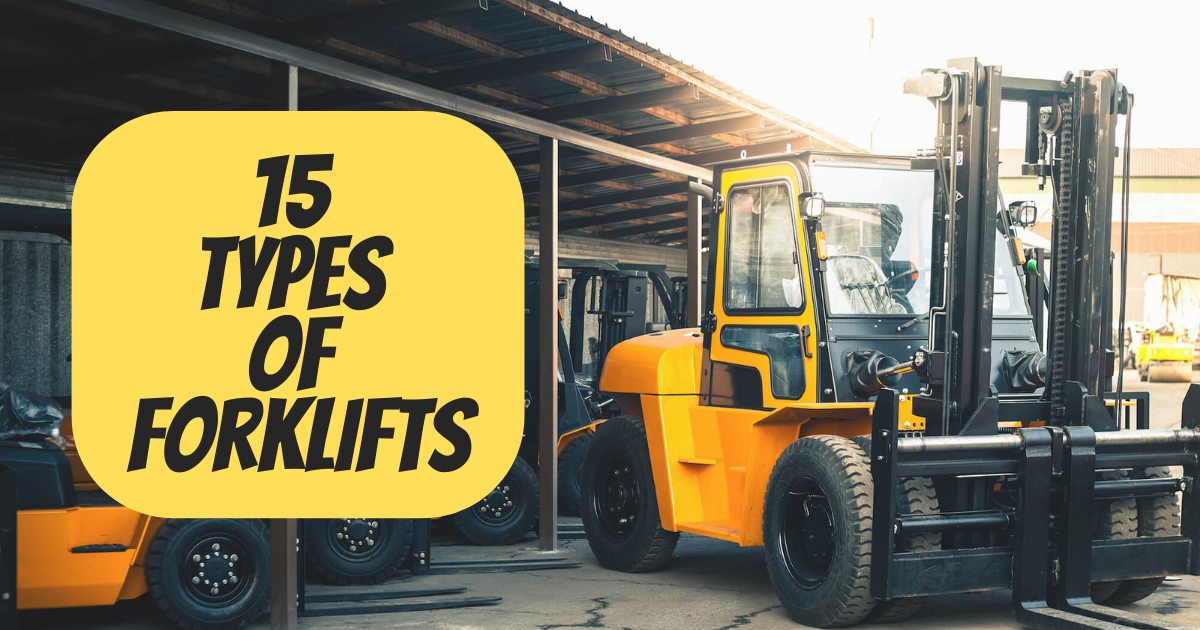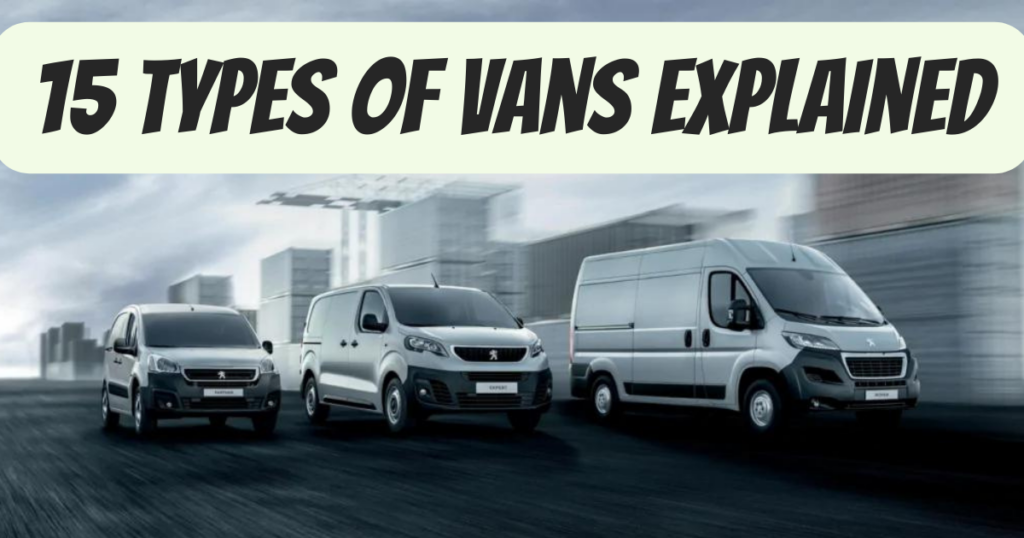
Vans are usually considered the “ugly ducklings” of the automotive industry, but they play a crucial role in many societies and have given rise to various industries. Vans go by a variety of names around the world, including MPVs, minivans, and microvans.
They come in a wide range of shapes, sizes, and styles. The external appearance of each van type differs depending on its intended use. These vehicles have found an indispensable role in modern urban life, both as carriers of goods and passengers.
As a result, vans have become an integral part of the automotive industry. In this article, we will discuss the 15 most common types of vans and their intended functions. Let’s break down the different types of vans to see which one best suit your needs.
15 Most Common Types of Vans
Let’s have a detailed look at the 15 most common types of vans:
1. Multi-Purpose Vehicle Or MPV:
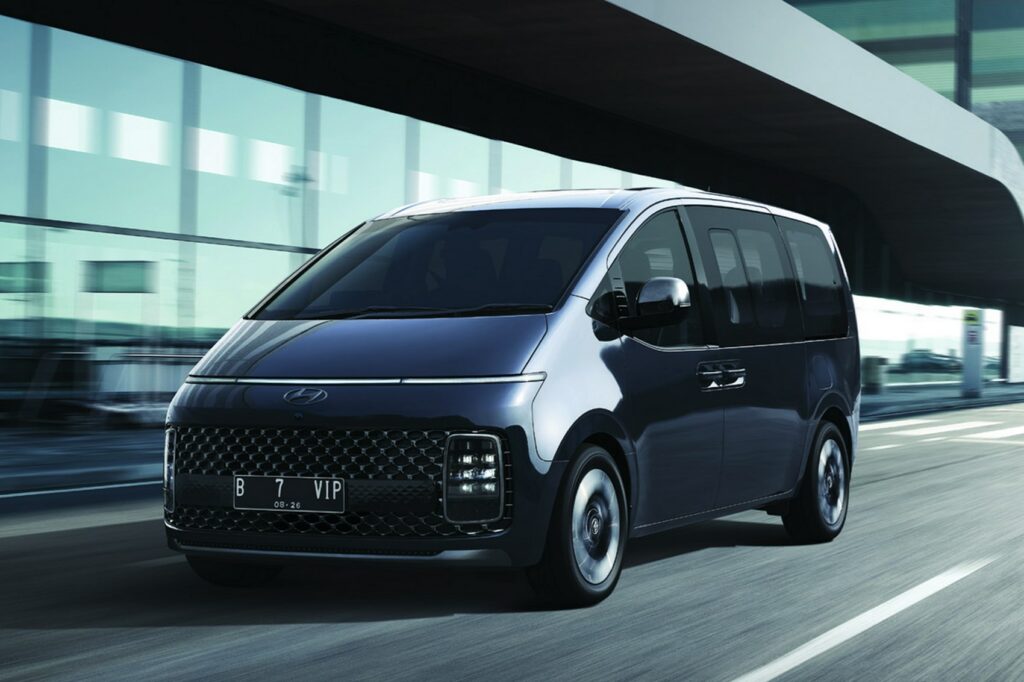
The term “Multi-purpose vehicle” (MPV) is a broad term used to describe vans’ versatile nature and ability to serve various purposes in urban areas. MPVs come in various sizes, from small trucks to compact vehicles, reflecting the diverse designs and functionalities these vehicles offer.
In many countries, particularly the USA, the MPV designation refers explicitly to people carriers and is further categorized into three sizes: MPV (the largest), mini MPV, and compact MPV.
A typical example of an MPV is the Chrysler Pacifica, which is recognized as a luxurious MPV. It is available in both traditional gasoline-powered and hybrid models, offering a choice to consumers based on their preferences.
Related: Top 7 Hybrid Trucks available in the USA 2023
Compact MPV:
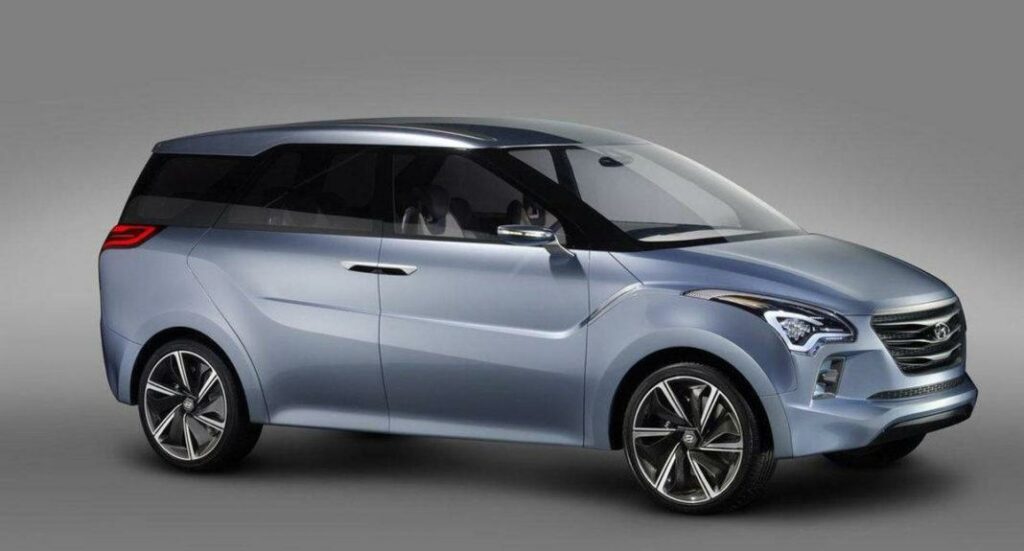
Compact MPVs are considered mid-sized vehicles in the people carrier category. It is commonly found in European countries rather than the United States. Among the compact MPVs, the Ford C-Max is the most widely available option in the USA.
They are often called “6-seaters” due to their seating configuration. The front row has two passenger seats alongside the driver’s seat, while the back row accommodates three individuals.
While some compact MPVs may have a third row of seats, the available space is usually limited, making it suitable primarily for seating small children.
Mini MPV:
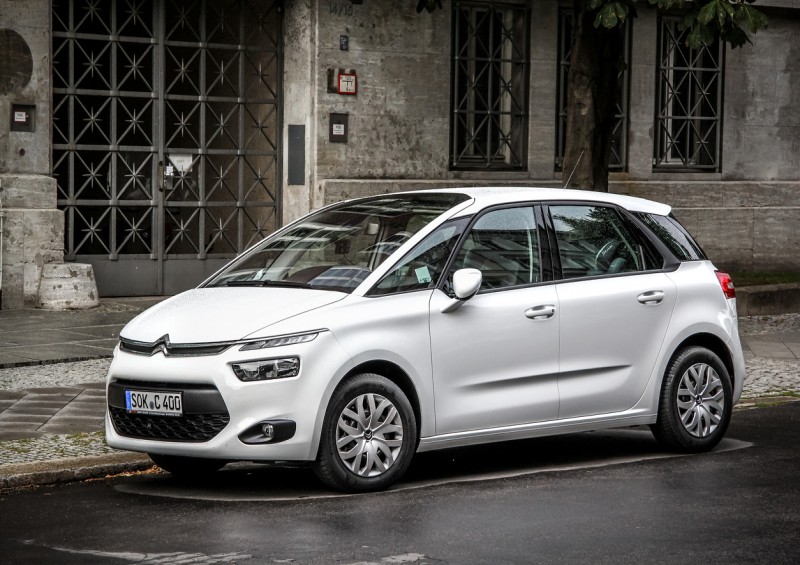
The term “mini MPV” is commonly used to describe smaller MPVs primarily designed for transporting passengers rather than carrying cargo. Mini MPVs belong to the smallest category within the MPV classes. They are often called “tall hatchbacks” because they resemble enlarged versions of hatchback cars.
These vehicles are available in two-seat row configurations, like the Citroen C3 Picasso, or three-seat row configurations, like the Toyota Avanza. Certain mini MPVs feature sliding doors for easy access to the passenger compartment, while others utilize standard car doors.
2. Minivan:

Minivans are a smaller variation of passenger vans specifically designed to offer families a comfortable and convenient ride. They typically have a seating capacity for up to seven passengers and come equipped with standard features expected in vehicles designed for transporting people.
These features include power sliding doors, climate control, and entertainment systems. Minivans are specifically tailored to cater to the needs of families, evident in their generous legroom and ample cargo space to accommodate family belongings.
Their smaller size makes them easier to maneuver than their larger counterparts. Some of the most popular minivan models in the market include the Honda Odyssey, Toyota Sienna, and Chrysler Pacifica.
3. Minibus Van:
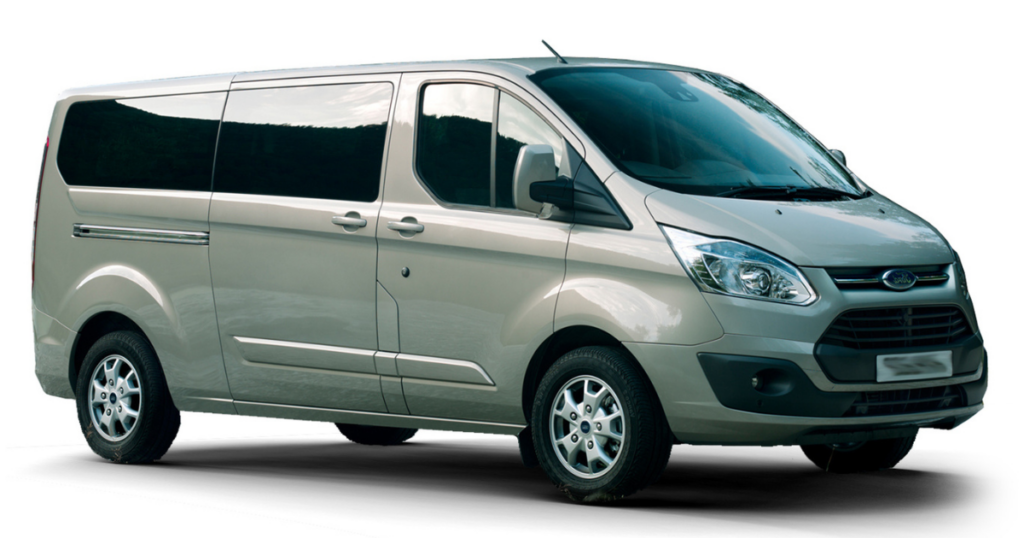
The minibus van is a modified version of a van designed to function as a compact bus. It is a people carrier and can accommodate up to 16 individuals in some models. Initially inspired by the iconic VW Kombi, which was Volkswagen’s original van, this design has been adopted by various Eastern vehicle manufacturers such as Toyota, Isuzu, and Nissan for the minibus market.
These minibus vans are commonly used by companies as staff transportation or for picking up guests from airports. Additionally, tourism companies often employ these vehicles as touring vehicles due to their large windows, which offer excellent viewing opportunities for tourists. Popular models in this market include the Toyota HiAce and Quantum series and the Nissan E-series vehicles.
4. Microvan:
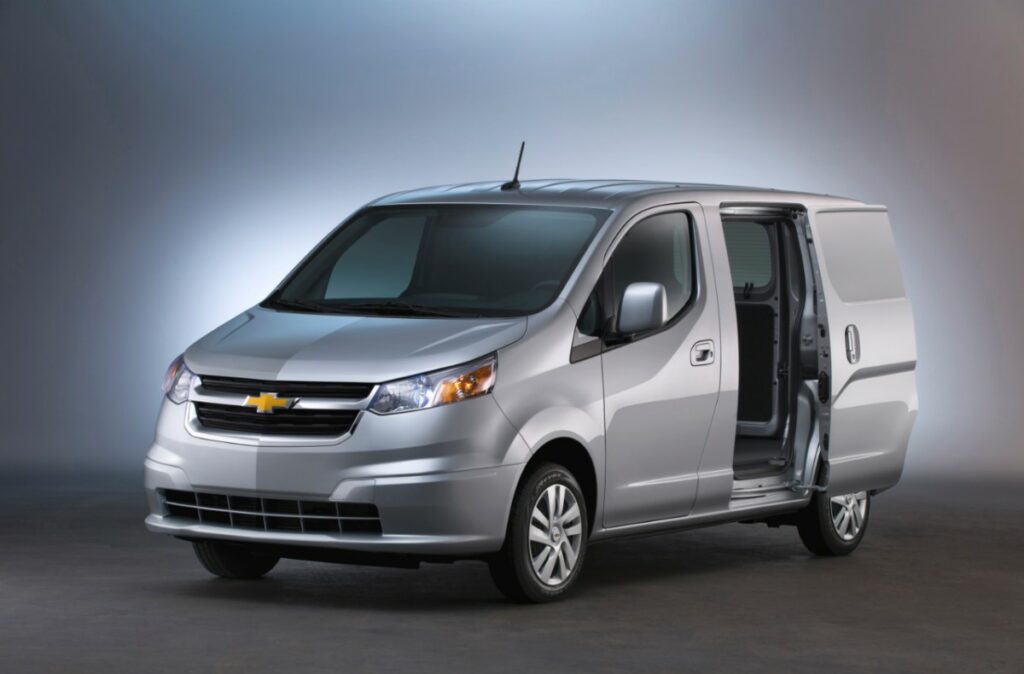
The microvan is a compact version of the minibus van, known for its endearing and cute appearance. These vehicles are the “puppy” version of minibus vans with limited visual appeal. Typically, microvans feature two standard doors at the front of the vehicle and sliding doors on each side to facilitate passenger boarding.
Originating from Japan, these small vans offer tax and insurance benefits due to their size. While some of these vehicles were imported to the USA before stricter safety regulations were imposed, the governing body of the insurance industry in the USA has restricted their usage to private land rather than public roads due to safety concerns.
5. Cargo Van:
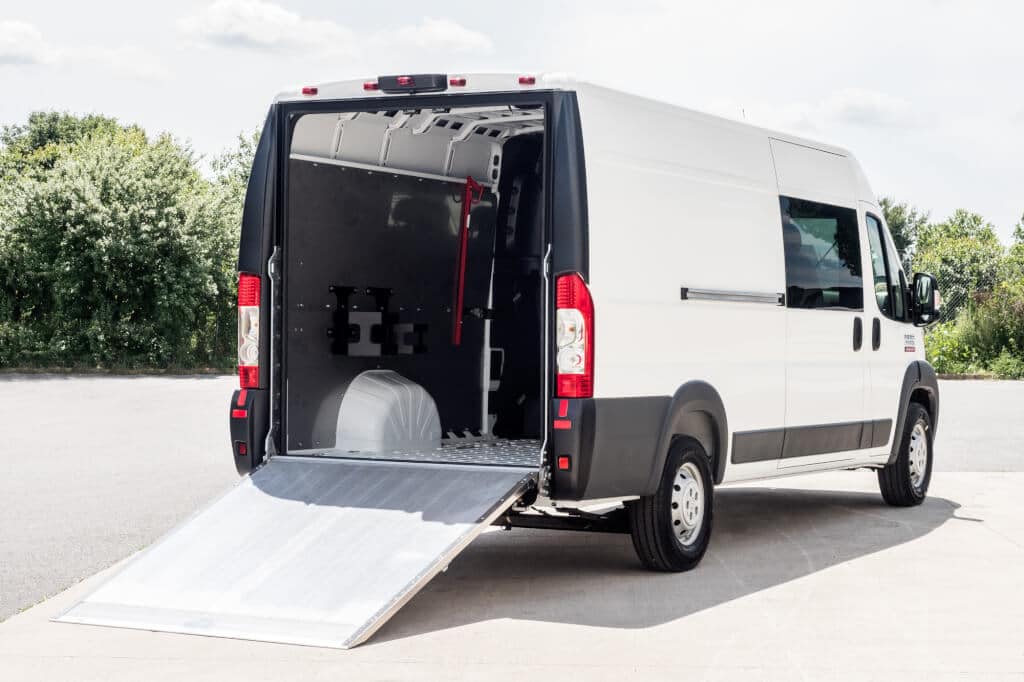
The cargo van is a highly reliable one specifically designed to transport goods and various loads efficiently. True to its name, these vans are primarily focused on carrying cargo. They feature a spacious, box-shaped interior and a sturdy exterior.
Some cargo vans include a sliding door on the side, while others have open rear doors, allowing convenient access to the cargo area. Cargo vans are designed with a lower loading area, making loading and unloading cargo and goods easier. They are a popular choice among businesses that require transportation for goods, equipment, or tools.
Well-known cargo van models include the Ford Transit, Mercedes-Benz Sprinter, and Ram ProMaster. For instance, the Ford Transit offers a generous maximum cargo volume of 487.3 cubic feet, providing ample space for a wide range of cargo.
6. Panel Van:
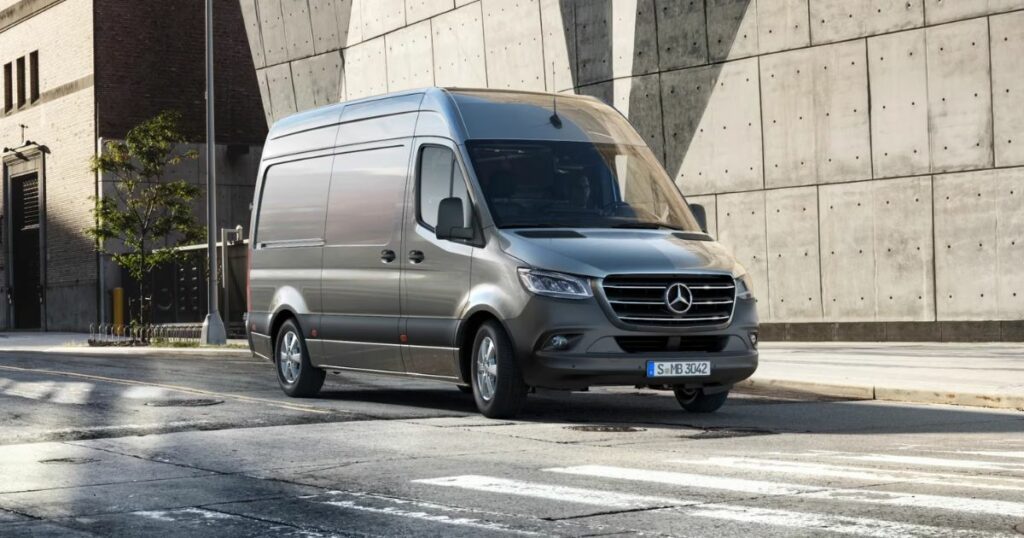
Panel vans, also called box-body vans, are commercial vehicles featuring solid sides and rear doors. They are specifically designed for business purposes. The solid sides of these vans provide significant surface area for branding, making them an excellent choice for businesses looking to promote their services.
Panel vans are more cost-effective for the initial purchase, and their cargo area provides a versatile space that can be customized according to specific requirements. Some panel vans may come equipped with shelves, drawers, or additional storage compartments, allowing for efficient organization and cataloging of items.
On the road, you might encounter popular panel van models such as the Ford Transit, Volkswagen Crafter, and Mercedes-Benz Sprinter.
7. Camper Van:
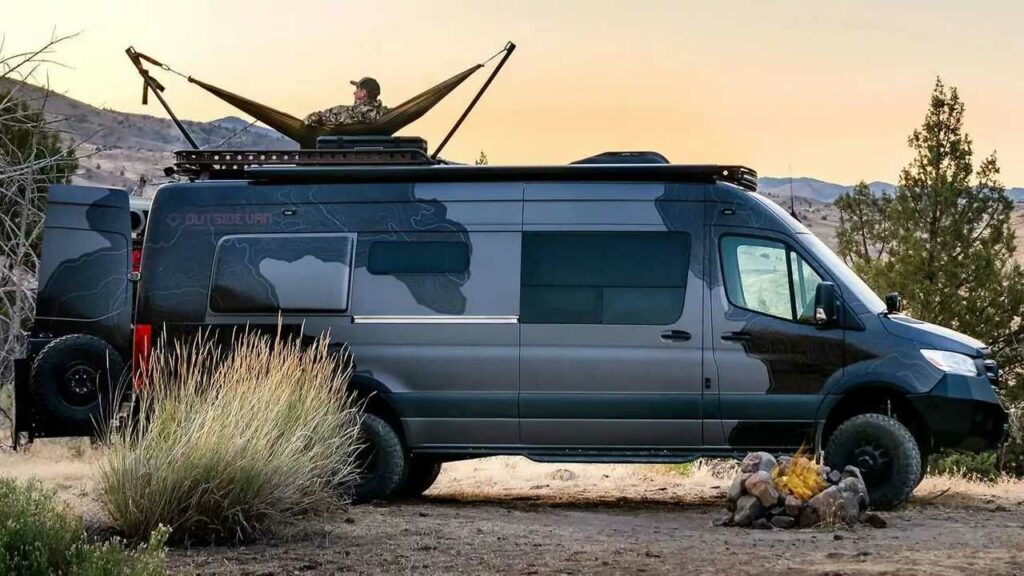
Camper vans, also known as recreational vehicles, are designed for camping. They provide all the essential amenities, including a kitchen, bed, bathroom, and a small living space, creating a cozy home-like environment for travelers on the road.
Campervans are ideal for those who enjoy outdoor activities and prefer non-traditional accommodation options like hotels or motels. Popular campervan models available today include the Volkswagen Westfalia, Winnebago Travato, and Mercedes-Benz Sprinter Camper.
Related: Are Volkswagen Cars Reliable? (Ratings, Safety, Top Models)
These models come equipped with standard features expected in a campervan, but they also allow for further customization to suit individual preferences. The Winnebago boasts a modern and luxurious design, while the Volkswagen Westfalia exudes a classic and traditional look.
8. Box or Luton Van:
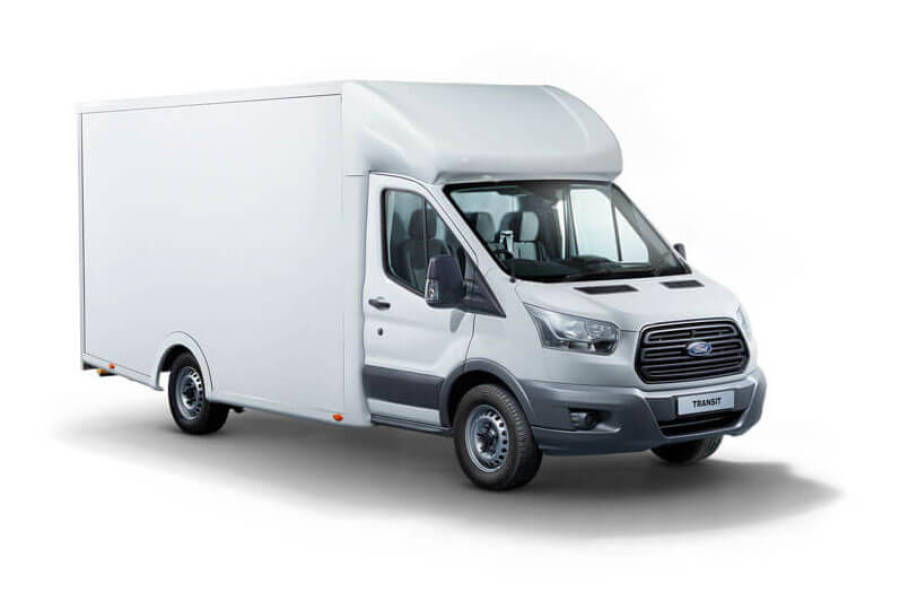
The box van, also referred to as a cube van or box truck, is a commercial vehicle commonly utilized by businesses. It features a square or rectangular cargo space with a fixed roof and vertical walls. The enclosed cargo area of the box van protects against theft and weather conditions.
Box vans offer high customizability, making them versatile for various industries and businesses. They are available in different sizes, catering to specific cargo transportation requirements. Some box vans are equipped with a lift gate, simplifying heavy goods’ loading and unloading process.
Related: Box Truck Size And Dimensions | A Complete Guide
9. Refrigerated Van:
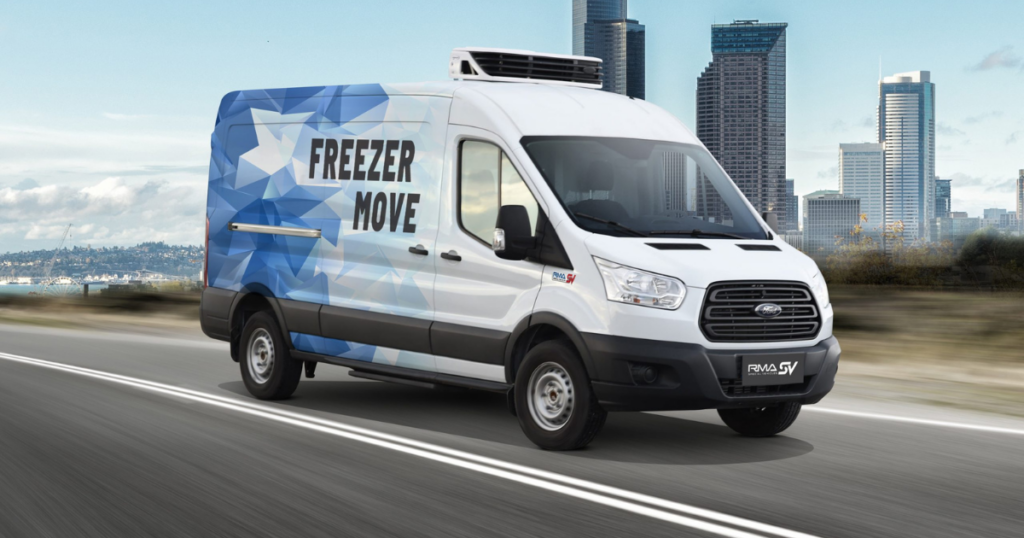
As the name implies, refrigerated vans have built-in cooling systems to maintain a consistent temperature during transportation. These vans are primarily used for carrying perishable goods that require specific temperature conditions to prevent spoilage.
Industries such as catering and food service extensively use refrigerated vans to deliver prepared food from one location to another while preserving its freshness and quality. Similarly, the pharmaceutical industry also utilizes these vans to transport drugs and vaccines, ensuring they are kept at optimal temperatures.
Refrigerated vans are equipped with reinforced interiors, electronic temperature control, and non-slip floors and can be tailored to meet the specific requirements of each business.
10. Flatbed Van:
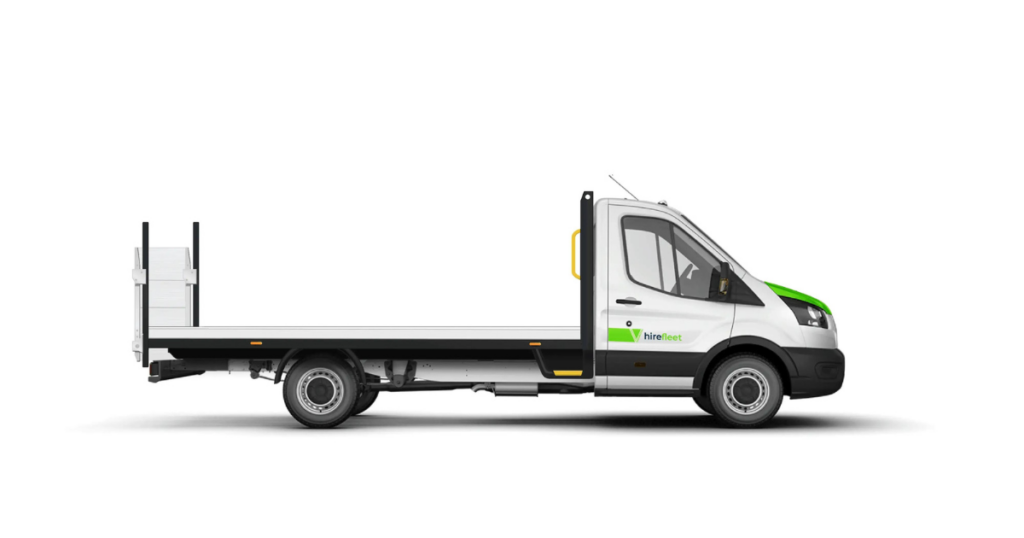
Flatbed vans are a type of van with an open cargo area without walls or roofs. This design is particularly suitable for transporting heavy or oversized goods and equipment that cannot be accommodated within enclosed cargo spaces.
The absence of walls and a roof facilitates easy loading and unloading of cargo. Flatbed vans find extensive applications in various industries. They are commonly used for moving large furniture, machinery, or construction materials. They can also be used for towing.
Additionally, they are utilized for transporting hay bales, livestock, or farm equipment. Some popular models of flatbed vans include the Ford Transit Flatbed, Mercedes Sprinter Flatbed, and Fiat Doblo Flatbed.
11. Pickup or 4×4 Van:
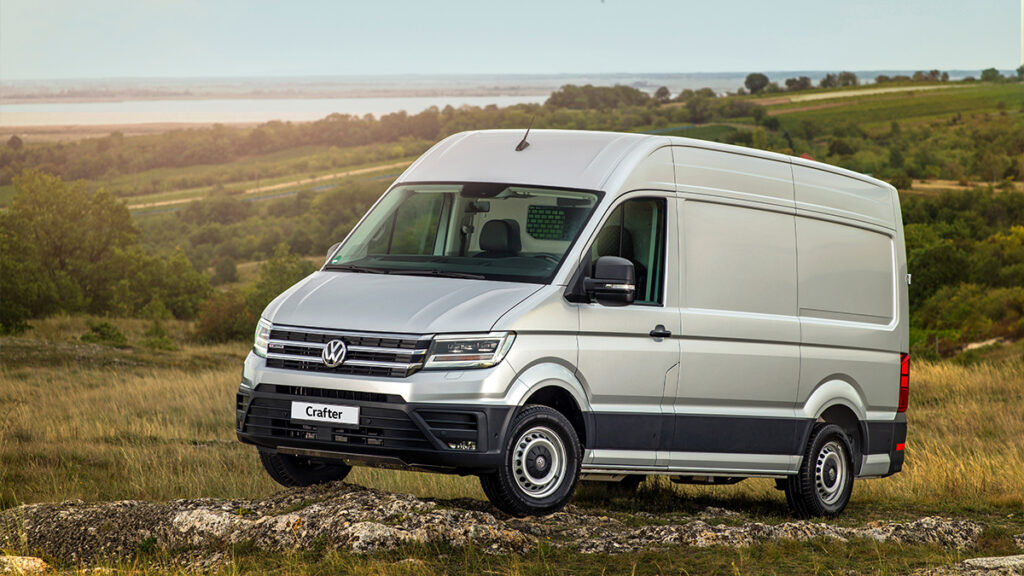
A pickup van combines the features of a pickup truck and a van. It consists of a passenger cabin in the front and a cargo bed at the back. The cargo bed is typically open and without a roof, providing convenience for loading and unloading various goods and equipment.
Pickup vans serve multiple purposes and are favored by individuals who want to transport goods but also need seating capacity. They are commonly employed in various personal and business activities, such as landscaping, construction, and farming. They offer the flexibility to accommodate passengers while also providing ample cargo space.
12. Step Van:

The step van is a distinct type of van that is unique to the United States. It is widely used by delivery services like the US Postal Service and FedEx for local shipments. Unlike typical vans, a step van is designed as a walk-in vehicle, lacking separate doors for the driver’s cab.
Instead, it features a side door positioned slightly behind the cab. Opening this door reveals a step that allows entry into the vehicle, where one walks in rather than sliding into a seat. The term “step van” originates from this characteristic step used to access or exit the vehicle.
Step vans are rarely used for transporting passengers and primarily for postal and small package delivery services. They are commonly found within the United States and are not commonly seen elsewhere.
13. Combi or Crew Van:
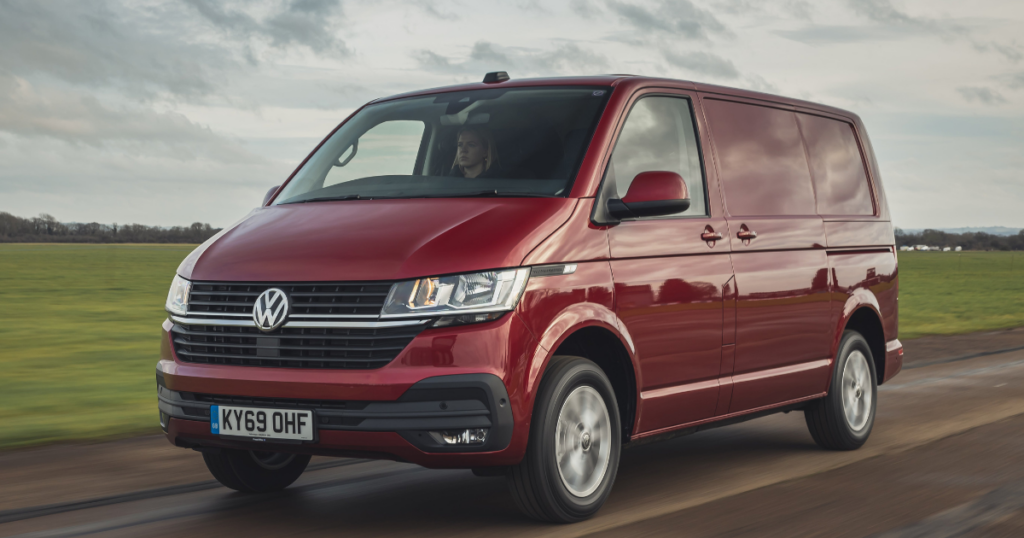
A crew van is a modified box van used for transporting passengers. These vans are used as shuttle vehicles for transportation between locations, particularly on large campuses or sites. Crew vans are often more affordable than other cargo vans but may lack certain desired features.
The key feature of a crew cab is the inclusion of a second row of seats, making it ideal for accommodating additional passengers. Typically, there are three seats in the front of the van, followed by an additional three or four seats in the rear.
Moreover, two side windows are aligned with the second row of seats. The Ford Transit Custom and Vauxhall Vivaro are among the popular choices for crew vans, offering ample passenger space and impressive load capacity.
14. Dropside or Tipper Van:
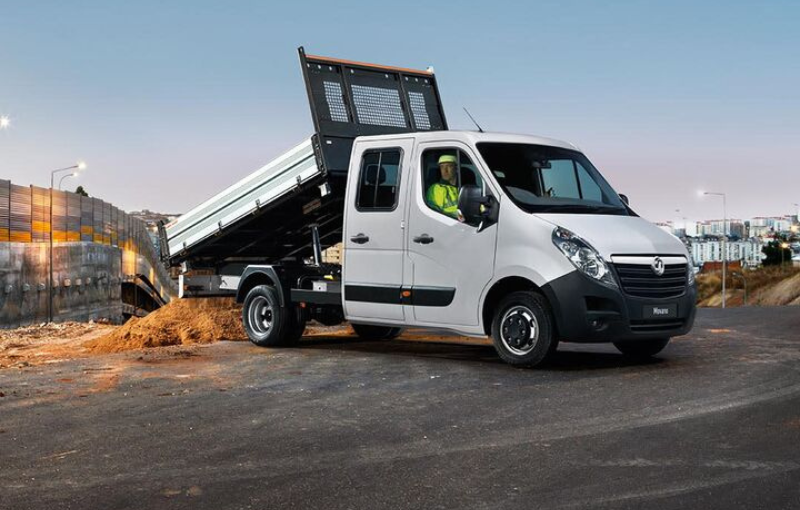
A dropside van is a commercial vehicle with removable side panels or drop sides. These panels can be lowered or removed entirely, providing easy access to the cargo area. The drop-down sides of the van make loading and unloading significantly easier.
The drop sides can be secured upright when needed, ensuring the safety and stability of the cargo during transport. This type of van is used by tradespeople, particularly builders, as it enables them to transport heavy and bulky items in the rear. Dropside vans offer versatility and flexibility in handling various types of cargo.
15. Electric Van:

Electric vans are a type of vans that utilize electric motors and rechargeable batteries instead of gasoline for power. They have gained popularity due to their environmentally friendly nature, efficiency, low emissions, long battery life, and quiet motor.
Moreover, they are more cost-effective since electricity is generally cheaper than gasoline. However, electric vans have disadvantages, including limited range and longer charging durations compared to conventional vans. The Nissan e-NV200 and the Mercedes-Benz eSprinter are well-known electric van models.
Frequently Asked Questions:
Here are some frequently asked questions about types of vans:
What is the term used to describe luxury vans?
Luxury vans are known as “conversion vans” or “class B motorhomes.”
What is the term used to describe vans designed for family use?
Family vans are referred to as “minivans.”
What is the name given to large vans?
Large vans are usually known as “full size vans” or “minibusses.”
Conclusion
Vans are a very versatile and interesting class of vehicles due to their diverse functions and designs. They include everything from luxury people carriers equipped with modern features to stripped-down cargo vehicles.
Additionally, the sizes of vans exhibit significant diversity, spanning from small micro vans popular in eastern markets to full-size vans commonly found in western regions. In this article, we have listed the 15 most common types of vans with their unique features and uses. This will be an excellent guide for anyone finding it difficult to choose the perfect van type.

